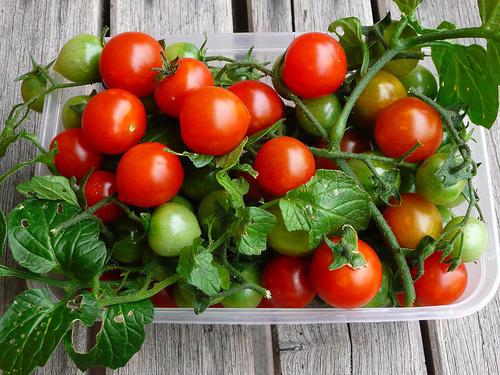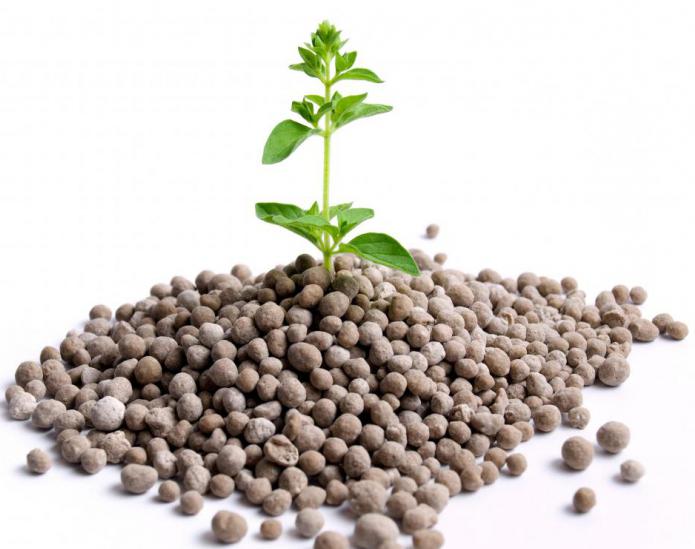Which potassium fertilizers for tomatoes are optimal?
What is done and in what forms does it exist?potash fertilizer? The use of these substances in agriculture occupies an important place, since potassium oxide is necessary for the proper development of many plants. Raw materials for the production of this product are obtained in the Urals in the form of salts of cainite, sylvinite, carlinite, sheinite, etc. Of these, simple products (cainite and sylvinite) are separated mechanically by means of grinding, as well as substances with more complex chemical composition.

Which potash fertilizers are produced in modernchemical industry? This is primarily calimagnesia (potassium oxide - up to 25-26%, magnesium content - about 11-18%, does not contain chlorine), Kalimag (potassium oxide about 24%, also does not have chlorine in its composition), potassium salt (combined formula of sylvinite and potassium chloride, potassium oxide - more than 40%, high content of chlorine).
Potash fertilizers for tomatoes are presentedmainly potassium chloride and potassium sulfate. The first of these is a white crystalline powder, soluble in water. Potassium chloride is made from sylvinite by removing foreign impurities, resulting in a concentrate with a high proportion of useful substances (up to 62% of potassium oxide). The resulting substance poorly absorbs moisture, so it does not cake, can be stored in plastic containers and easily delivered to land.

Potassium fertilizers for tomatoes in the form of chloridepotassium is added in the fall, so that the excess chlorine "went" to the lower layers of the soil and was inaccessible to the roots of the plant. But another substance - potassium sulfate - lacks such a chlorine content in the chemical composition, which allows it to be the most used fertilizer of this class at the present time.
Portions of potassium sulphate are used as basic orspring-summer potash fertilizers for tomatoes. Their chemical composition (about three percent magnesium, 18% sulfur and about 50% potassium oxide) helps to prevent wilting leaves and get a good harvest. The amount of fertilizer is selected individually in each case, depending on climatic conditions, acidity of the soil, the stage of crop rotation, plant variety and other fertilizers introduced. For example, the introduction of manure (nitrogen group) reduces the effectiveness of assimilation of potassium fertilizers. Lucerne planted in front of tomatoes, will take a lot of potassium from the soil, and cereals, on the contrary, are not sensitive to this element.

To potash fertilizers for tomatoes wereare most useful, it is necessary to calculate the application rates. To do this, it is desirable to find out how much potassium is contained in the soils (you can order research in special laboratories). Then you need to determine what amount of pure material you need this grade (say 20 grams of potassium per square meter) and calculate the required amount of fertilizer. In our case, that the plant received 20 g. potassium, you need to take, for example, 40 grams of potassium sulphate, because it only half consists of the oxide of the element we need. A simpler, but less accurate way of determining the norm is to follow the recommendations on the packaging of a particular type of fertilizer.
</ p>



